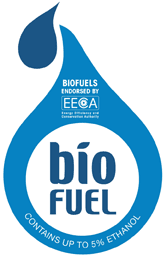Algae’s “sweet tooth” harnessed to make biofuel
 Washington, Dec 18 : Scientists at the University of California, Berkeley, US, have described a method for using sugar-producing microalgae for making biofuel.
Washington, Dec 18 : Scientists at the University of California, Berkeley, US, have described a method for using sugar-producing microalgae for making biofuel.
The researchers have explained a way to genetically modify the tiny organisms, so as to minimize the number of chlorophyll molecules needed to harvest light without compromising the photosynthesis process in the cells.
With this modification, instead of making more sugar molecules, the microalgae could be producing hydrogen or hydrocarbons.
The researchers have identified the genetic instructions in the algae genome responsible for deploying approximately 600 chlorophyll molecules in the cell's light-gathering antennae.
They believe that the algae can get along with as few as 130 molecules.
Basically, the scientists want to divert the normal function of photosynthesis from generating biomass to making products such as lipids, hydrocarbons, and hydrogen.
According to Tasios Melis, one of the research paper's co-authors, the algae's chlorophyll antennae help the organisms compete for sunlight absorption and survive in the wild, where sunlight is often limited.
Melis uses the phrase "cellular optics" to describe this general effort to maximize the efficiency of the solar-to-product conversion process.
Besides getting the algae to convert more sunlight to fuel, another issue that needs to be addressed is how to configure bio-culture tanks in such a way that sunlight can penetrate the outer layer of algae so that lower-down layers can participate in the photo-conversion too.
Microalgae are ideal because of their high rate of photosynthesis.
They are perhaps ten times more efficient in this than the land plants, such as sugarcane, corn, and switchgrass, often discussed as possible biofuel stocks. (ANI)